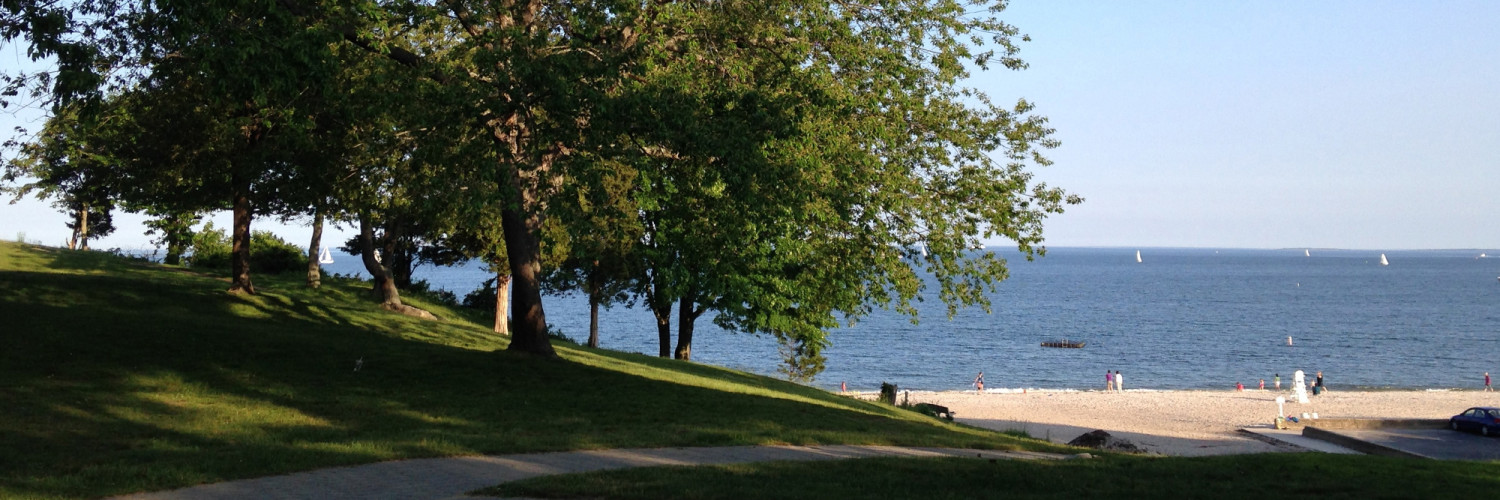A Guide to Stormwater Pollution
Stormwater pollution from point sources and nonpoint sources is a challenging water quality problem. Unlike pollution from industry or sewage treatment facilities, which is caused by a discrete number of sources, stormwater pollution is caused by the daily activities of people everywhere. Rainwater and snowmelt run off streets, lawns, farms, and construction and industrial sites and pick up fertilizers, dirt, pesticides, oil and grease, and many other pollutants on the way to our rivers, lakes, and coastal waters. Stormwater runoff is our most common cause of water pollution. Because stormwater pollution is caused by so many different activities, traditional regulatory controls will only go so far. Education and outreach are key components to any successful stormwater program.
Stormwater runoff occurs when precipitation from rain or snowmelt flows over the ground. Impervious surfaces like driveways, sidewalks, and streets prevent stormwater runoff from naturally soaking into the ground. The “After the Storm” Brochure and Video provides tips on preventing runoff from residential and commercial properties, farms, construction sites, automotive facilities, forestry operations, and others.
The After the Storm brochure is a citizen’s guide to understanding stormwater provided by the U.S. Environmental Protection Agency (EPA).
The After the Storm video was co-produced by the EPA and the Weather Channel.

